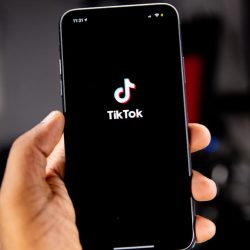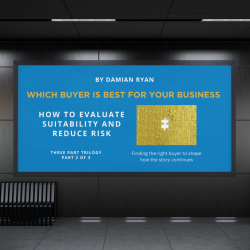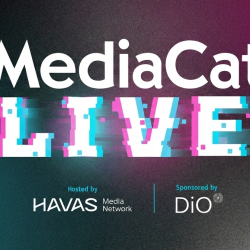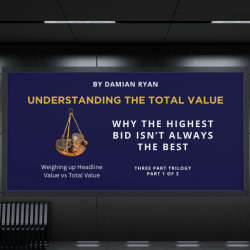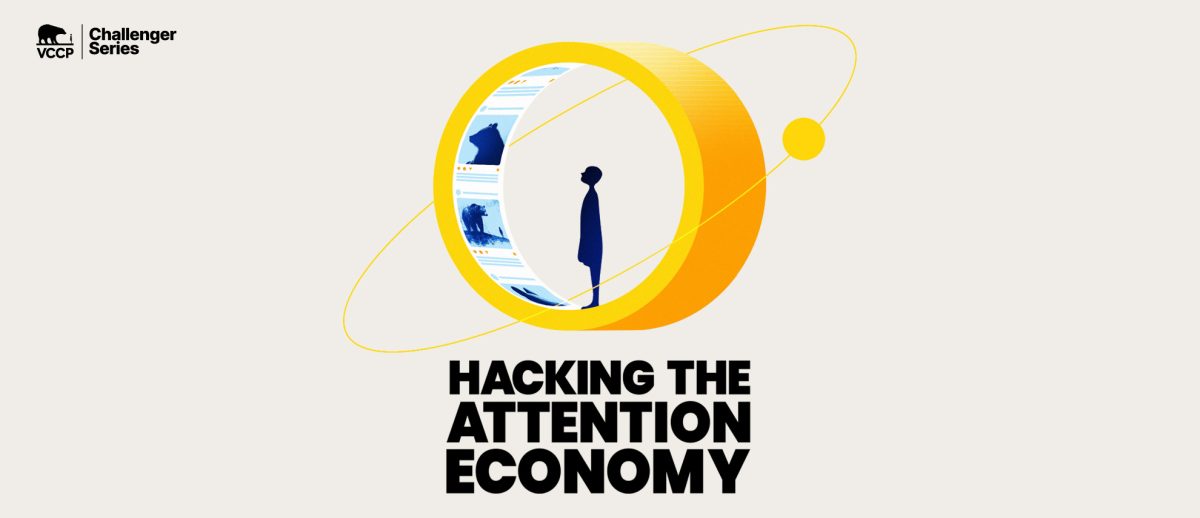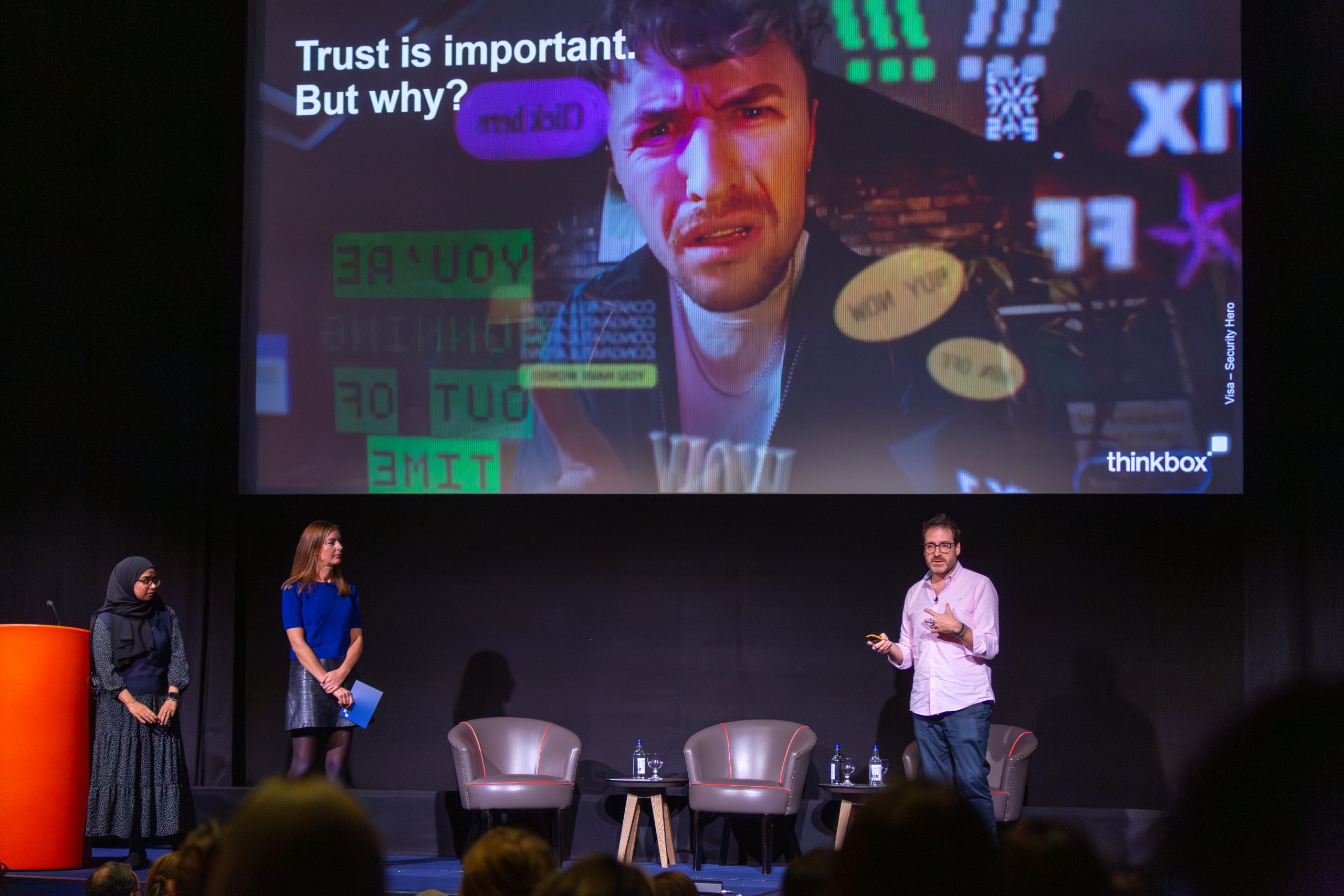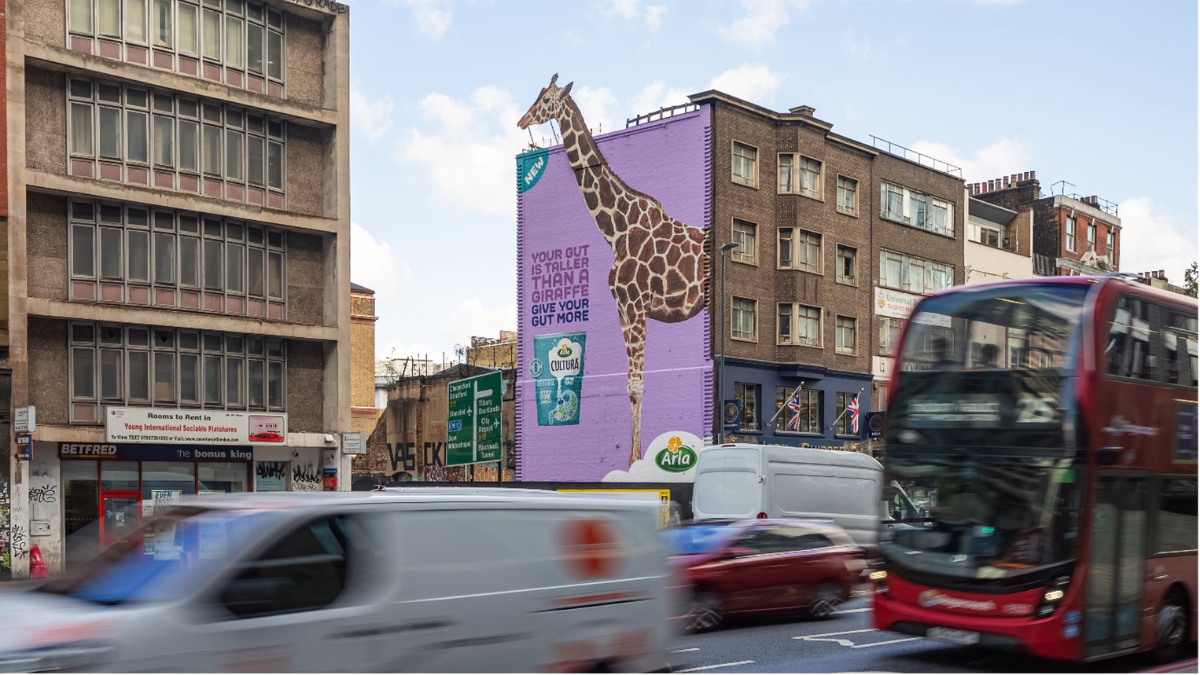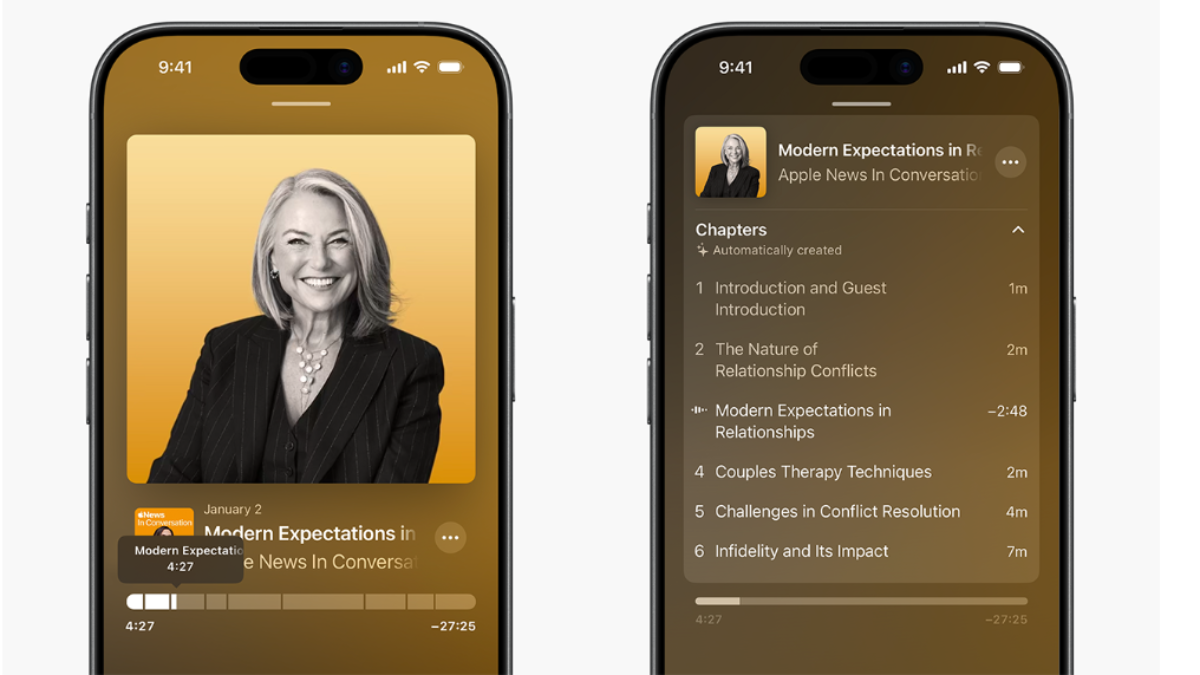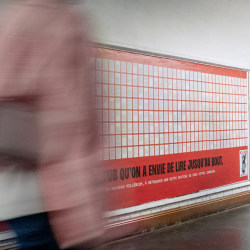Distinctive brand assets can reduce the time it takes ads to make a memorable impression by 40% — but media platforms still dictate attention levels more than creative ideas.
On Wednesday 14 May, VCCP Media announced the results of a self-funded research paper called Hacking The Attention Economy, to an audience of marketers and other industry folk at the agency’s office in Victoria, London.
Working with Amplified’s Dr Karen Nelson-Field, VCCP Media had conducted what it called a ‘bad twin’ test, to find out whether distinctive assets can lodge in people’s minds even when attention is fleeting.
They showed two versions of ads from eight different brands — including Cadbury and White Claw — to a test audience of 800 people across three digital platforms. In the good twin version, the ads ran as intended. In the bad twin version, the ads were stripped of their distinctive brand assets, like colours and fonts.
Nothing else about the bad twin ads was changed. The narrative was the same, the logo was still present (although it could be made less prominent), and if the product was featured in the good twin ad, it was kept in the bad twin ad.
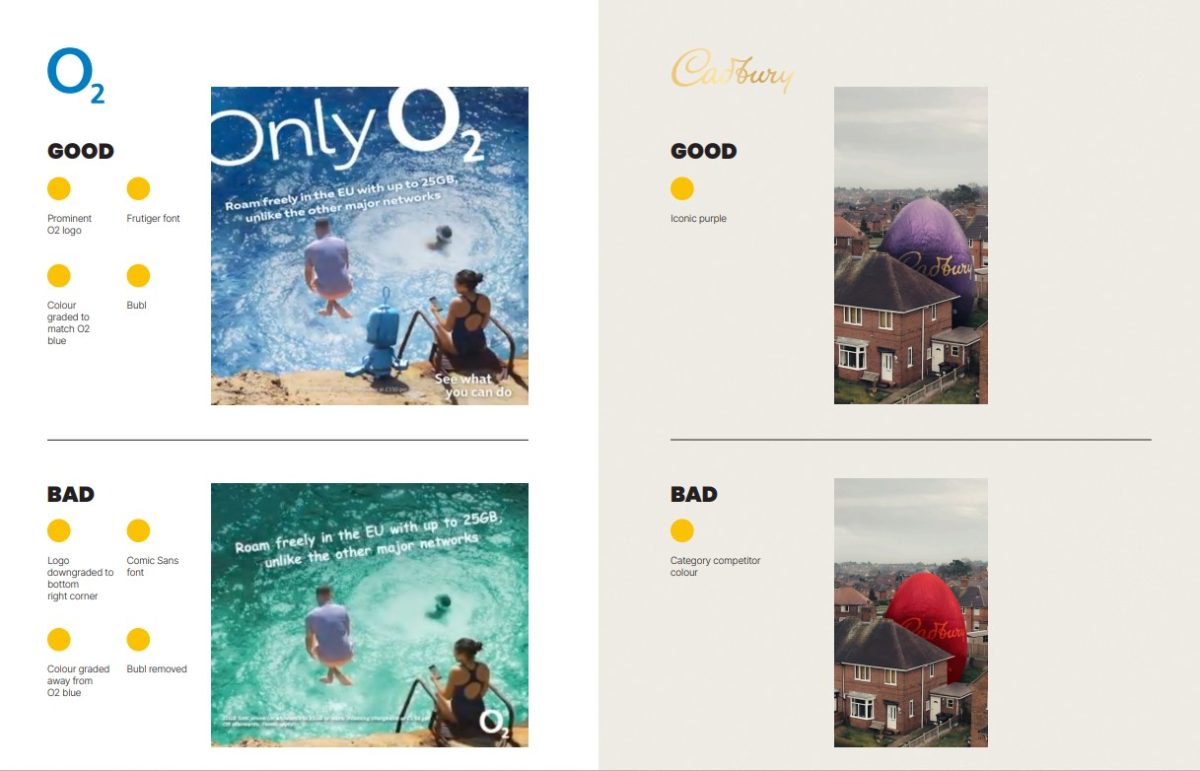
Amplified’s research platform, which uses gaze tracking and monitors scrolling behaviour, found that strong brand assets consistently delivered more impact, even in brief exposure windows.
The best-performing asset produced a 3.5x improvement in attention-adjusted ROI compared with its unbranded twin, and on average, well-branded ads are 2.5x more effective than weak ones.
Distinctive brand assets also lower people’s ‘attention memory threshold’. Essentially, this is how long people must pay attention to something for it to stick in their memory. Previously, Amplified found that 2.5 seconds was the minimum threshold for advertising, and also that 85% of digital ads failed to clear this hurdle. However, the new report says that ads with strong brand assets only need 1.5 seconds, which is a meaningful edge in a fast-scrolling world.
‘Recognition happens faster when distinctive assets are present, Nelson-Field explains in the report. ‘People don’t need as much time to connect the creative to the brand and trigger choice outcomes. Distinctiveness isn’t about slowing users down — it’s about cutting through, even in motion.’
In line with Nelson-Field’s prior research, the bad twin test also showed that media environments determine a brand’s ability to earn attention more than creative executions because the same ads received different levels of attention on different platforms. Creative still plays a role, with an average variance of 25%. But media platforms are considerably more influential, with an average variance of 66%.
The study also introduces a concept called the Distinctive Tariff — the hidden cost brands pay for under-using their assets. Based on brand uplift per £1 spent, researchers calculated how much additional spend would be needed to achieve the same outcomes using distinctive creative. The gap amounted to as much as 66p in every £1, a potential loss running into the billions across global digital media spend.
The size of the tariff also varied by platform, reaching as high as 70p per £1 on the open web, and 65p on certain social platforms, suggesting some environments punish weak branding more than others. Legacy brands are hit the hardest, losing on average 69p per £1 spent without distinctive branding compared to 59p for challenger brands.
VCCP Media are now using the findings to inform a broader strategic model they call asset planning, a way of mapping and measuring how distinctive brand elements perform across different platforms and formats. The idea is to shift media planning away from generic placements and toward campaigns where every second is designed, not just bought.
While the report ultimately serves as a positioning platform for VCCP Media, the underlying insight — that attention isn’t just a media metric, but a creative amplifier — is a valuable one for anyone trying to navigate today’s fragmented digital landscape.
As James Shoreland, CEO of VCCP Media, puts it: ‘Marketers are rightly focused on media efficiency, but we’re seeing billions in creative inefficiency go unchecked. This report proves that creative and media effectiveness are two sides of the same coin – and attention is the currency which connects them.’

